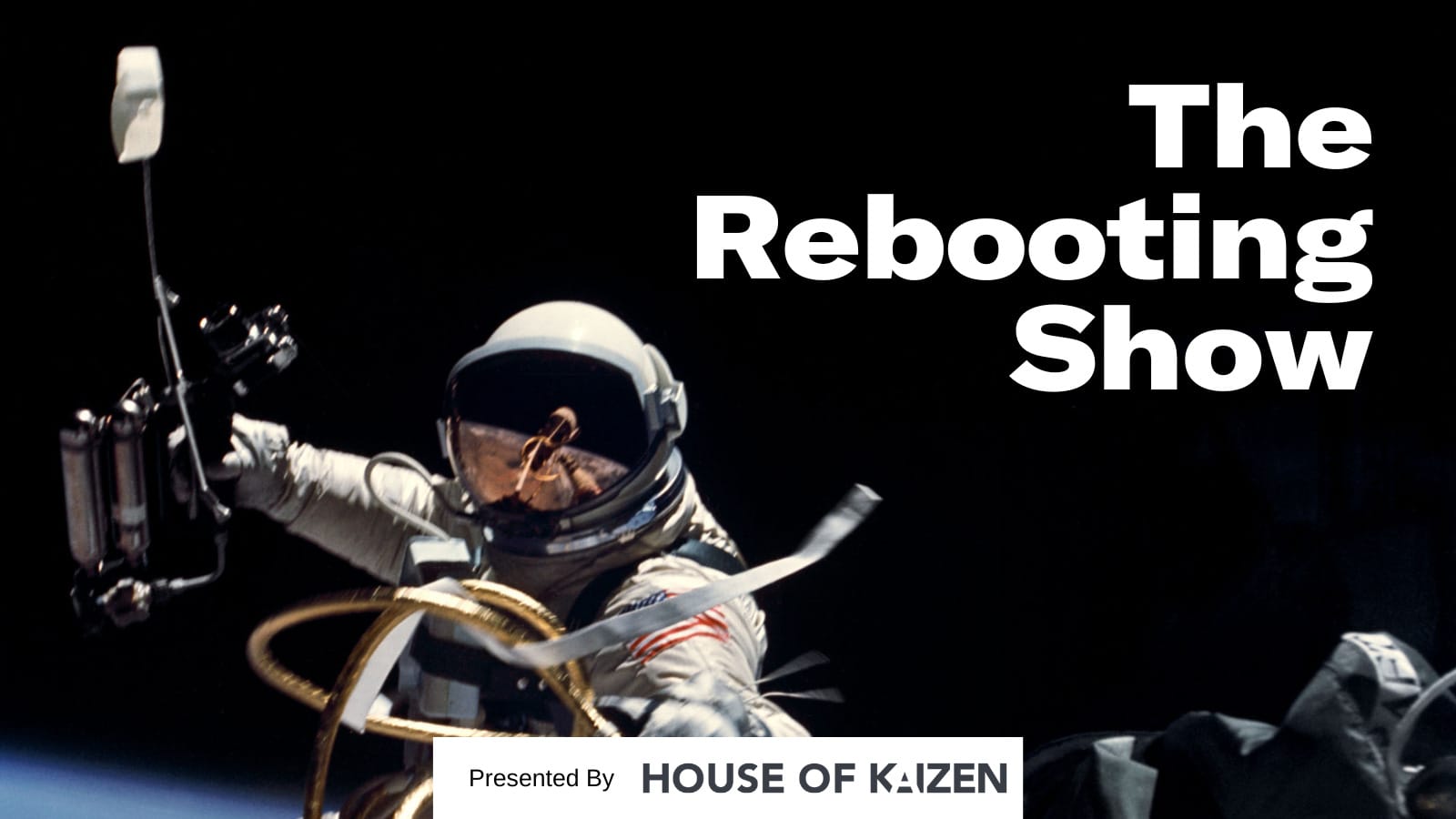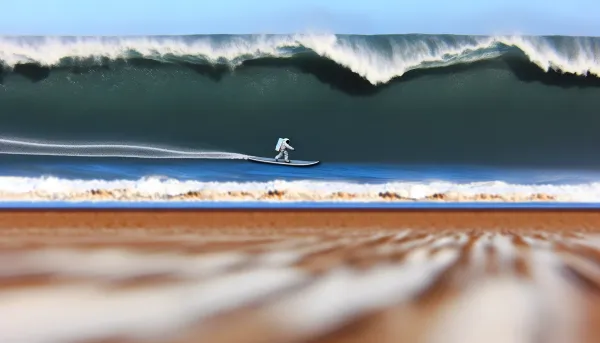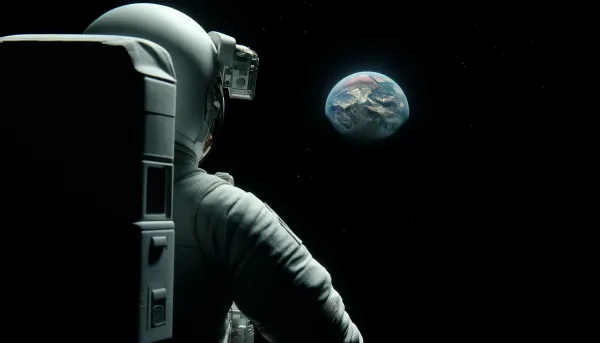Formats
Formats are the workhorse of publishing
Hey,
I wrote today about formats and their importance and limitations in building brands. This is the topic of the latest episode of the People vs Algorithms podcast. If you haven’t already, check out the podcast. I ended up writing too long about formats – I need a format to force brevity – so I’m going to run Part 2 of my conversation with Workweek CEO Adam Ryan on Tuesday.

Join me at Omeda Idea Exchange

On May 10-12, I’ll be speaking at Omeda Idea Exchange (OX6) in downtown Chicago. I'll be interviewing a special guest speaker about some of the most pressing issues facing the media industry in 2023, then give you actionable takeaways to inform your own business moving forward.
Besides my session, OX6 features three days of bootcamps, sessions and panels all about audience development, engagement, and activation — along with networking and social events in downtown Chicago.
Now until March 31, registration is $495. And if you use the code Rebooting at checkout, you’ll get a $100 discount.
What’s the format, Kenneth?
Story formats are the workhorses of media. By format, I mean the way of structuring information or a story in order to achieve some means. The classic news article format is the inverted pyramid that prioritizes the most important information at the top and then moves into why it matters.
A unique story format can become intertwined with a brand and what it means, a calling card that is a core differentiator. Think The Economist’s un-bylined analysis, Snapchat Stories, New York magazine’s Approval Matrix or Playboy’s regularly incisive Q&As.
Think of these formats that became synonymous with their brands:
- BuzzFeed’s listicles, quizzes and “hands and pans” food videos. BuzzFeed for years pushed forward new formats that spread all over the place. Even The New York Times ended up doing listicles.
- Axios used its Smart Brevity format to elbow its way to differentiation in a crowded, cutthroat market for DC political scoops. Jim VandeHei correctly diagnosed that most news stories are only a little bit of meat and the rest is Hamburger Helper, with the background material and caveating that are part of the classic inverted pyramid 700-word news article format.
- Upworthy’s “You won’t believe” curiosity gap headline format that became synonymous with clickbait – and set off obscure debates over what the definition of clickbait is.
- Daily Mail doesn’t get enough credit for its photo-heavy article format. Leave aside the snobbery, the Daily Mail still gets a ton of people to go directly to its homepage for a reason. It delivers a reliable format because it has identified that most people want to see the photos. Don’t overthink it with formats or much else.
- Business Insider excelled and became known for its use of the slideshow and, of course, the first-person credulous narrative when a young person discovers riding a train or going to Italy. Honestly, I love them both. I want more, not less, Classic BI.
- Vox built an entire brand proposition around explainers. Soon every news outlet wanted to explain the news, giving rise to the fact-check format, to mixed results.
Every news brand needs an explainer and Q&A format. These are regular go-tos of the trade. Many times as an editor you’re trying to dress up a standard format as something innovative. This can work well. “Hot Ones” is at heart a typical interview show, only the schtick around eating wings while talking lends itself to the goal of open conversation. The same for “The Shop,” which uses a classic barbershop setting for what’s a basic group discussion.
It’s one reason why I view formats as important and yet invariably limited forms of differentiation. Often you’re just putting new packaging on the same stuff. Often this packaging is passed off as something revolutionary, but we all need to market.
You often hear a new news brand, particularly one that’s declared news “broken,” turn to a magic format in order to restore trust. Semafor promised a new unbundled article format, the Semaform, which would separate out news from analysis and opinion. New formats are hard to execute. I find many of the stories read like a normal news article with some new headers. (I’m more partial to the text-message Q&A format, even if Troy thinks it’s gimmicky.) The Semaform at least hews to the brand’s overall approach. It wants to be global and bring transparency to the news product. Like Smart Brevity, there’s always a risk of forcing a format when a different format would be a better tool. That’s when Branding™ wins over substance.
Sometimes the need to trumpet a new format bleeds into the process. Grid, for instance, was going to differentiate in a competitive market with how they were producing the product: pairing journalists with different expertise. The resulting “360” format was meant to “give a fuller picture” of news. It reminded me of how Vocativ differentiated by supposedly pairing “deep Web” data analysts with reporters. Maybe it’s me, but I always hated group writing projects. Grid ended up having a short run as an independent company, with Jimmy Finkelstein’s new news brand The Messenger subsuming it. Vocativ fizzled. Dollars to doughnuts you will see the launch of news brands built around an AI process to produce magical new format.
The best formats start by solving for an audience need. That has to be first. The reason Axios’ Smart Brevity worked, even if it gets tiring to constantly be urged to Be Smart, is that there’s a job to be done in getting people smarter about the world quickly. It’s no surprise that Axios was born in Washington, where most briefing documents are bullet point-heavy memos. I learned this in my first job, when I crafted “one-sheeters” for busy lobbyists to read in the back of cars while shuttling to meetings.
Perhaps this is the maker in me, but ultimately the product is going to live or die on the basis of its substance, not some amazing new format that outside of those who came up with it is not considered that amazing or new. People like the familiar and tend to see digital frippery for what it is. The swipeable “cards” format that was popular for a few years – Circa was building a value proposition around this type of mobile-friendly storytelling format – fizzled, mostly because format isn’t nearly enough to win. It’s incremental. Reading content on phones was difficult a decade ago, only then phones became phablets.
Formats can wear out their welcome, too. BuzzFeed’s listicles became tired. BI moved away from its slideshows. Twitter Threads should have been taken out back soon after they were first unspooled.
Successful formats will inevitably be copied and dilute any competitive advantage publishers have. Think of the fate of Snapchat Stories, which was adopted by all manner of others, notably Instagram. Formats have a role to play in brand differentiation, only like many other competitive advantages of media, they tend to have fleeting resonance.
I’m going to do a part 2 to this post next week on ad formats. Send me your thoughts: brian@therebooting.com (or just hit reply).
What’s next for Vice?

On this week’s episode of The Rebooting Show, I spoke with Claire Atkinson, chief media correspondent at Insider. Claire has long experience covering the ins and outs of the media industry, and we discussed the state of affairs as different parts of the media business are between eras.
- What’s next for Vice and the other ailing big digital publishers? The usual answer would be more consolidation, but this time might call for an bundling of assets to realize more value.
- Streaming’s next phase. Disney’s shifts after Bob Iger’s return indicate a new era of sustainability after the free-spending ways of the streaming wars.
- CNN and Fox News’ identity crises. As what is sure to be a bonkers presidential election campaign nears, the twin poles of the cable news universe are in their own forms of disarray.
- The sports rights question. Sports programming continues to fetch higher rates as it basically props up many cable broadcasters. Tech platforms continue to tiptoe into this arena, but Claire explains why rights holders are unlikely to cast their lots entirely with subscription streaming platforms.

Do you have a framework for subscription growth?
House of Kaizen’s Subscriber Growth Diagnostic is used by top publishers (and other companies with subscription programs) to drive sustainable growth with constant optimization. They have identified the characteristics of an optimal net-growth program looking at hundreds of characteristics to find better alignment between the subscriber expectations and the product experience to maximize recurring revenue growth. Learn more at houseofkaizen.com.
Thanks for reading. Send me your feedback by hitting reply to the email.
If you’re looking to reach 14,500 publishing professionals, you should consider sponsoring The Rebooting to showcase your expertise in finding paths forward for building sustainable media businesses. Check out the sales kit and get in touch: brian@therebooting.com.




